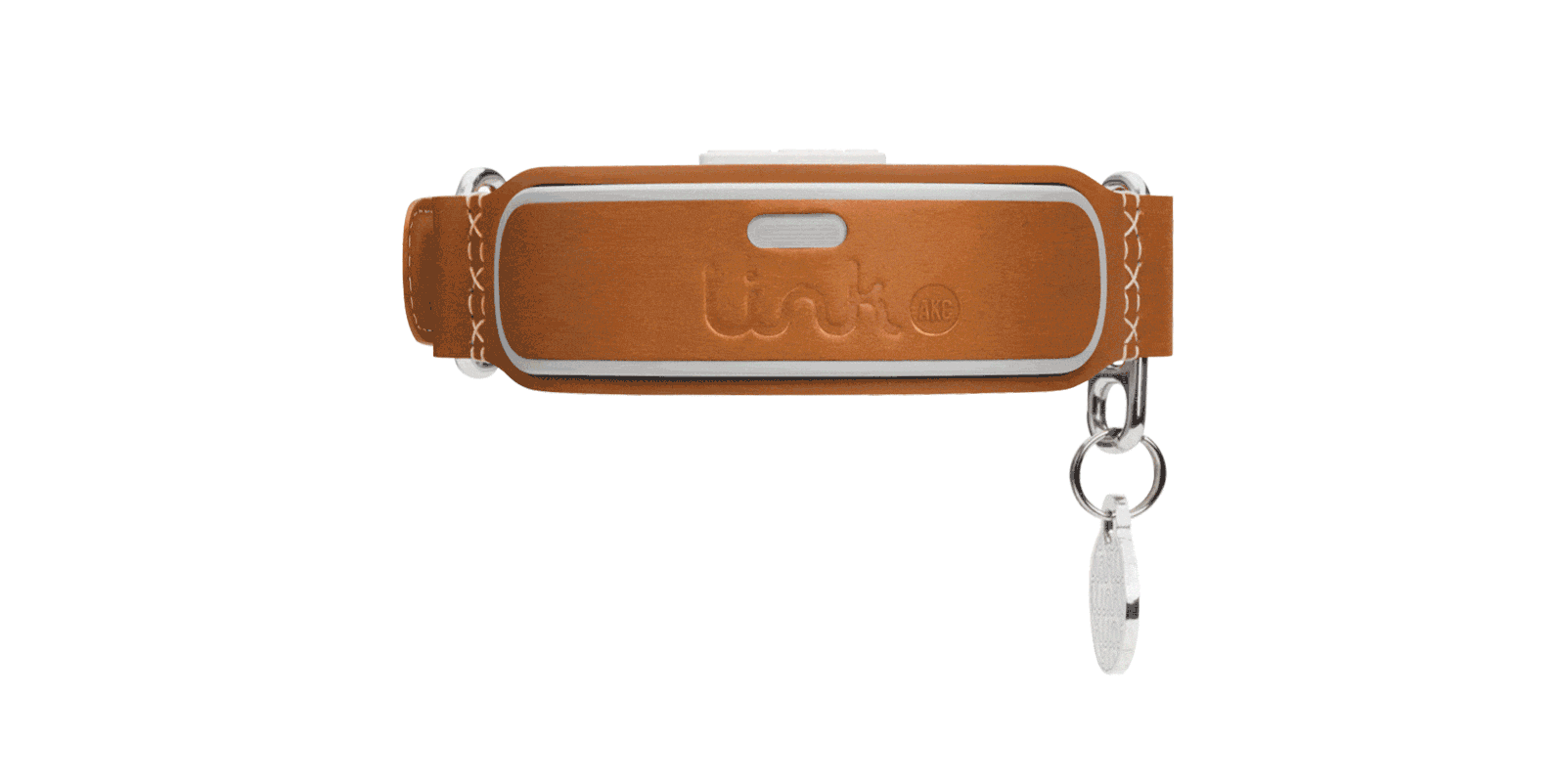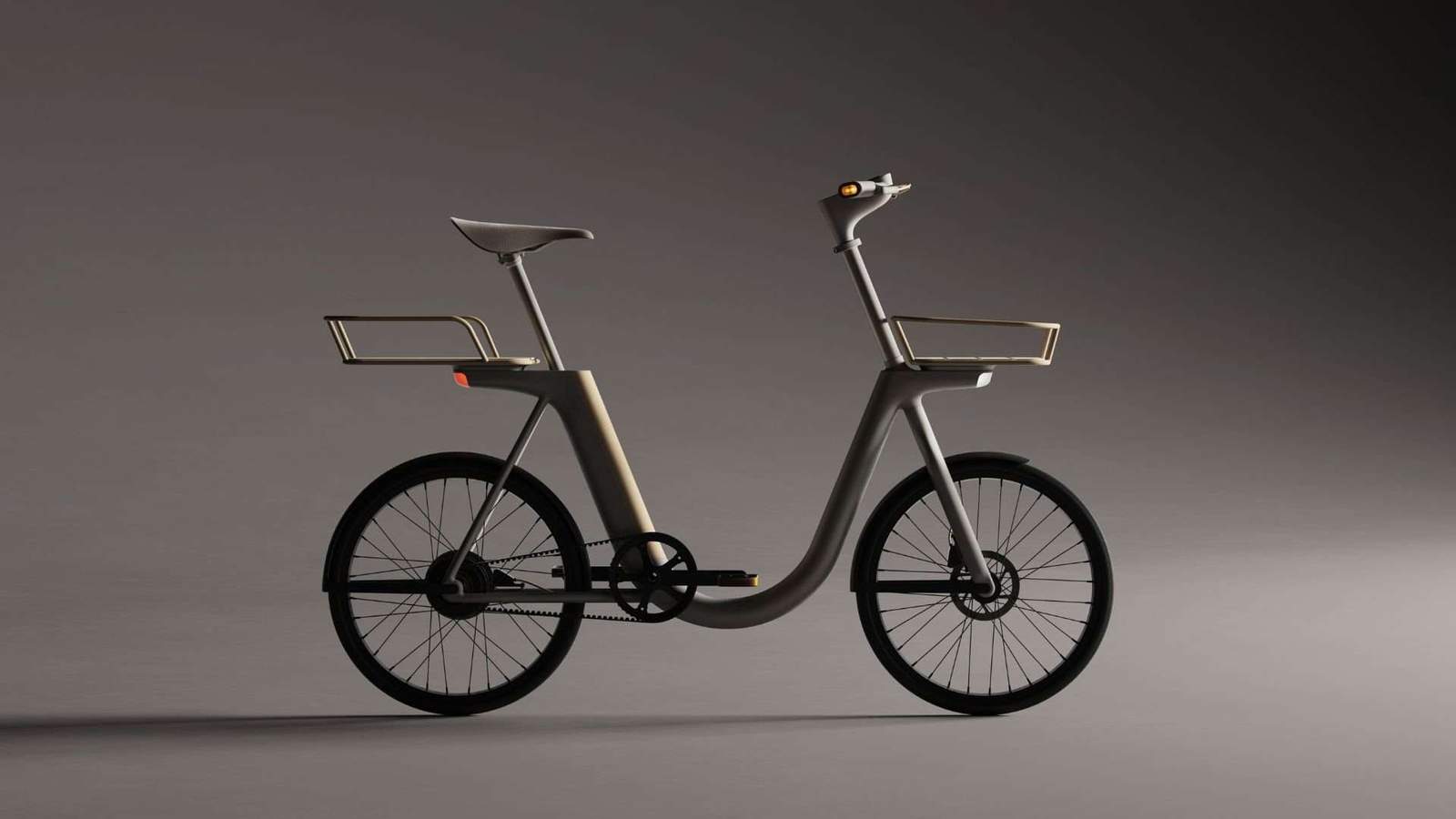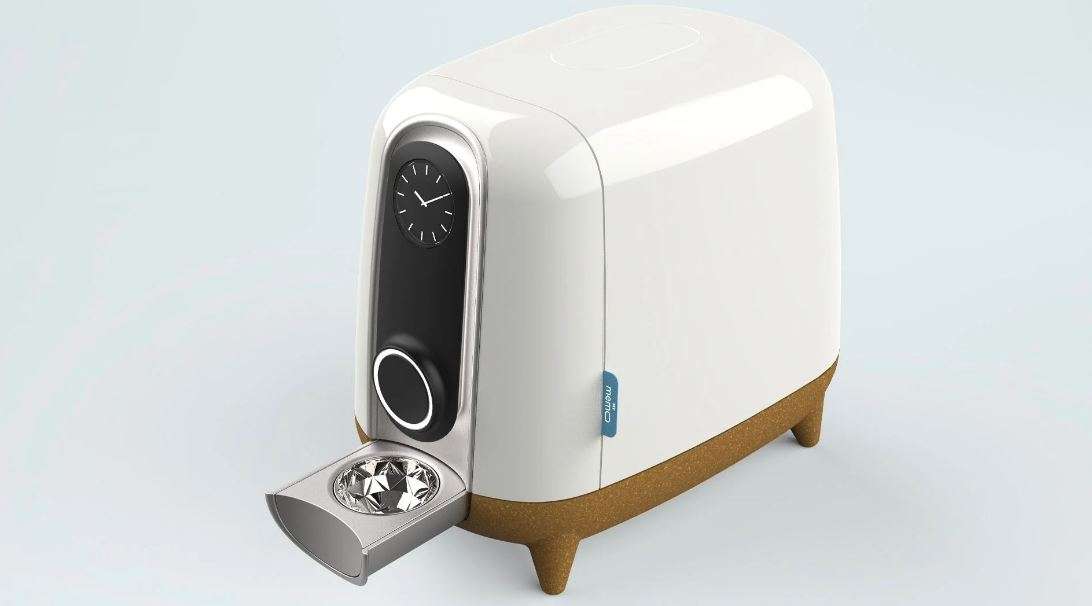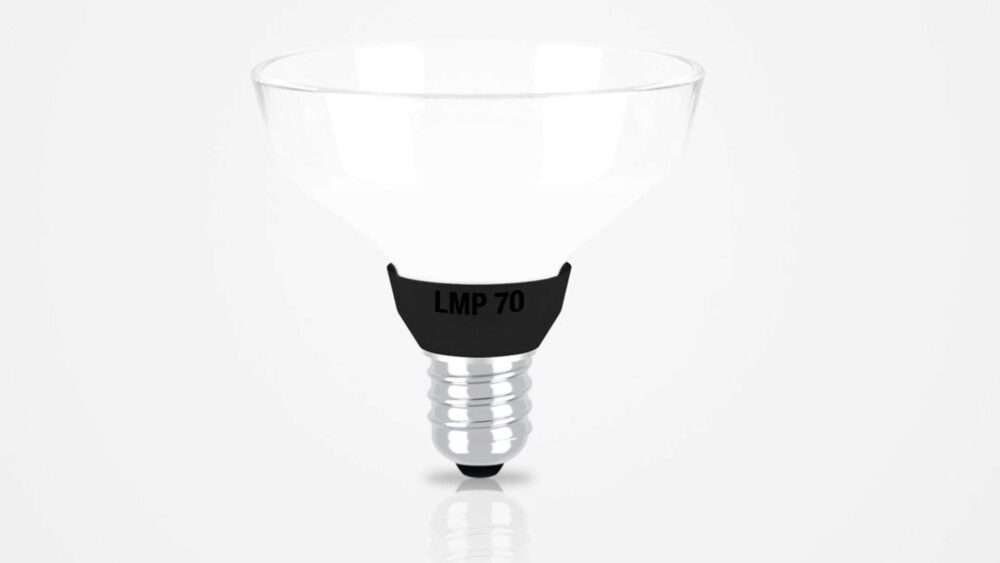Fluid workspaces: is the era of prescriptive office design over?
Design Transformations: From Rigidity to Flexibility
The Era of Traditional Design Gives Way to Flexibility
The world of design is undergoing a radical transformation. Rigid, directive design is no longer the norm; instead, greater flexibility has emerged to meet the needs of individuals, businesses, and communities. This shift is not confined to a single sector. It extends across fashion, travel, lifestyle, and work environments, reflecting a global movement toward more adaptive design solutions.
How Have Societal Shifts Influenced Design?
In recent years, particularly following the profound changes brought about by the pandemic, spaces have been reimagined in more creative ways. Design has become centered around adaptability and maximizing available resources. Some of the most notable transformations include:
• Homes evolving into flexible workspaces that support productivity and remote work.
• Work environments inspired by the comfort of home. This enhances both creativity and well-being.
• Industrial buildings repurposed into venues for events and entertainment.
• Manufacturing facilities opening their doors to the public. This reshapes the relationship between brands and consumers.
The Future: More Adaptive and Sustainable Design
Flexible design is no longer just a trend—it has become a necessity to keep pace with the world’s rapid developments. With the growing demand for multifunctional spaces, innovative and sustainable solutions are essential. These meet users’ needs while ensuring comfort and practicality.
Do you think flexible design is the future? Share your thoughts in the comments!
Flexible Office Spaces and the Future of Workplace Design
Toward More Adaptive and Flexible Work Environments
As workplace dynamics evolve rapidly, traditional office spaces have become less effective in meeting the needs of employees and businesses. Today, office design is shifting toward flexibility and adaptability. The rigid, one-size-fits-all model is being replaced by dynamic, customizable workspaces that offer individuals greater freedom of choice.
Why Are Companies Embracing Flexible Design?
Several key factors are driving this transformation:
• The demand for more flexible work environments: With more options available, the ability to move between different workspaces has become a key advantage. It boosts productivity.
• Reducing decision fatigue: Flexible workspaces ease the burden of choosing where to work, contributing to greater comfort and efficiency.
• Moving away from rigid traditional models: Strict architectural designs dictated by “starchitects” no longer hold the same appeal they once did.
Balancing Efficiency and Sustainability: The Offices of the Future
As the need for smarter space utilization grows, workplace environments must offer practical solutions that combine:
• Maximizing office space efficiency through multi-functional and adaptable designs.
• Sustainability and cost-effectiveness, making intelligent design an ideal choice for companies navigating economic and environmental challenges.
A More Conscious Audience Demands Innovation
Employees and users are no longer satisfied with imposed, outdated office layouts. They now seek modern designs that cater to their evolving needs. Today’s workspaces require continuous innovation and creativity, pushing designers toward smarter, more flexible, and forward-thinking solutions.
Do you believe flexible design is the key to the future of workspaces? Share your thoughts!

Redefining Workspaces: Balancing Flexibility and Hospitality
The Evolution of Modern Work Environments
The headquarters of Rains in Aarhus exemplifies the profound transformation in contemporary workplaces. Offices are no longer just spaces for completing tasks—they now blend professionalism, comfort, and flexibility to create more engaging and dynamic environments.
A Shift in Workplace Perception
In line with this transformation, Derwent London has introduced an innovative approach to office design. They launched a series of high-end lounges across its 5.5 million square feet of real estate in London. This shift integrates hospitality elements into workspaces, redefining how employees and business owners perceive traditional offices.
From Traditional Offices to Comfortable Workspaces
As discussions on workplace flexibility and home-inspired environments continue, leading companies are breaking conventional office norms by designing spaces that make employees feel like members of an exclusive club. This trend reflects a growing emphasis on enhancing the work experience, focusing on services and community engagement rather than just interior design.
The Office as a Holistic Environment
According to Emily Prideaux, Executive Director at Derwent London:
“The quality of a work environment today depends on its services, amenities, and community— not just physical aesthetics.”
This shift underscores a deeper understanding of how workplaces impact productivity and well-being. As a result, companies are reimagining office design to be more open, flexible, and creativity-driven.

Redefining Workspaces: Integrating Creativity and Logistics
A Holistic Approach to Workplace Functionality
In a progressive shift towards functional integration, Danish fashion brand Rains has restructured its headquarters in Aarhus. Rather than isolating storage and distribution facilities in the background, these essential operations have been made visible and integrated into the daily workflow.
Merging Functions to Boost Efficiency
This approach fosters a more interactive and cohesive environment, where creative and logistical hubs seamlessly connect, leading to:
- Enhanced collaboration across departments, ensuring better synergy between design, production, and distribution teams.
- Bridging the gap between creative concepts and practical execution, accelerating decision-making and optimizing operations.
- Increased transparency within the organization, giving employees a clearer understanding of the entire workflow.
A More Unified and Adaptive Work Environment
By integrating workspaces, employees gain a deeper insight into production and distribution processes. This fosters innovation and problem-solving. Ultimately, Rains’ new headquarters sets a precedent for various industries. Flexibility and cross-departmental interaction become fundamental pillars of the modern workplace.

Palazzo Molteni in Milan: A Model of Luxury and Multifunctionality
A Harmonious Blend of Elegance and Functionality
Palazzo Molteni in Milan embodies a progressive approach to integrated space design. The traditional separation between workspaces, showrooms, and event venues is no longer necessary. Instead, their seamless integration creates a unique experience that merges luxury with practicality.
A Design Balancing Sophistication and Versatility
At its new headquarters, Molteni&C introduces a multifunctional model, striking the perfect balance between luxury and efficiency. The seven-story building features:
- A showroom showcasing the latest designs and innovations.
- A dedicated event space for exhibitions and discussions on design.
- A fully integrated corporate office that reflects the brand’s identity and distinctive style.
Transforming Workspaces into Living Experiences
This innovative approach is more than just functional design. It infuses commercial spaces with a contemporary lifestyle essence. As Vincent Van Duysen, the creative director of Molteni&C, explains:
“We wanted to create a space that feels like stepping into the home of an art collector.”
Toward a More Integrated and Flexible Future
Palazzo Molteni demonstrates how modern design is shifting towards merging diverse functions within a single environment. Offices, retail spaces, and event venues are no longer distinct entities but rather interwoven components of an immersive experience that reflects both identity and contemporary living.







